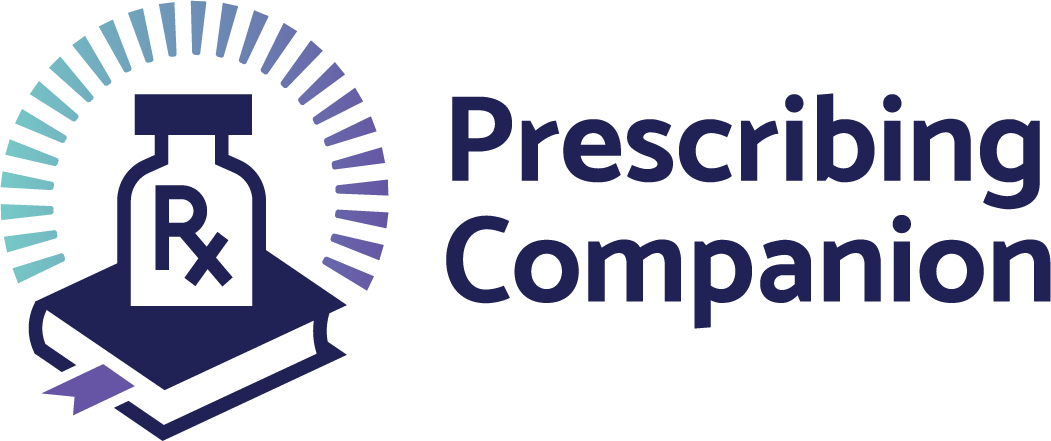How to use WHO AWaRE categories
exp date isn't null, but text field is
To assist in the development of tools for antibiotic stewardship at local, national and global levels and to reduce antimicrobial resistance, the ACCESS, WATCH and RESERVE (AWaRe) classification of antibiotics was developed- where antibiotics are classified into different groups to emphasize the importance of their appropriate use.
All information in this section is based on WHO Model list of Essential Medicines (2021).
The electronic version can be found at: WHO Essential list of Medicines where you can search for Access, Watch & Reserve antibiotics.
This group includes antibiotics that have activity against a wide range of commonly encountered susceptible pathogens while also showing lower resistance potential than antibiotics in the other groups. Selected Access group antibiotics are recommended as essential first or second choice empiric treatment options for infectious syndromes reviewed by the EML Expert Committee and are listed as individual medicines on the Model Lists to improve access and promote appropriate use. They are essential antibiotics that should be widely available, affordable and quality assured.
This group includes antibiotic classes that have higher resistance potential and includes most of the highest priority agents among the Critically Important Antimicrobials for Human Medicine1 and/or antibiotics that are at relatively high risk of selection of bacterial resistance. These medicines should be prioritized as key targets of stewardship programs and monitoring. Selected Watch group antibiotics are recommended as essential first or second choice empiric treatment options for a limited number of specific infectious syndromes and are listed as individual medicines on the Model Lists.
Critically Important Antimicrobials for Human Medicine, 6th ed 2018
RESERVE GROUP ANTIBIOTICS This group includes antibiotics and antibiotic classes that should be reserved for treatment of confirmed or suspected infections due to multi-drug-resistant organisms. Reserve group antibiotics should be treated as “last resort” options. Selected Reserve group antibiotics are listed as individual medicines on the Model Lists when they have a favourable risk-benefit profile and proven activity against “Critical Priority” or “High Priority” pathogens identified by the WHO Priority Pathogens List1 , notably carbapenem resistant Enterobacteriaceae. These antibiotics should be accessible, but their use should be tailored to highly specific patients and settings, when all alternatives have failed or are not suitable. These medicines could be protected and prioritized as key targets of national and international stewardship programs involving monitoring and utilization reporting, to preserve their effectiveness.
